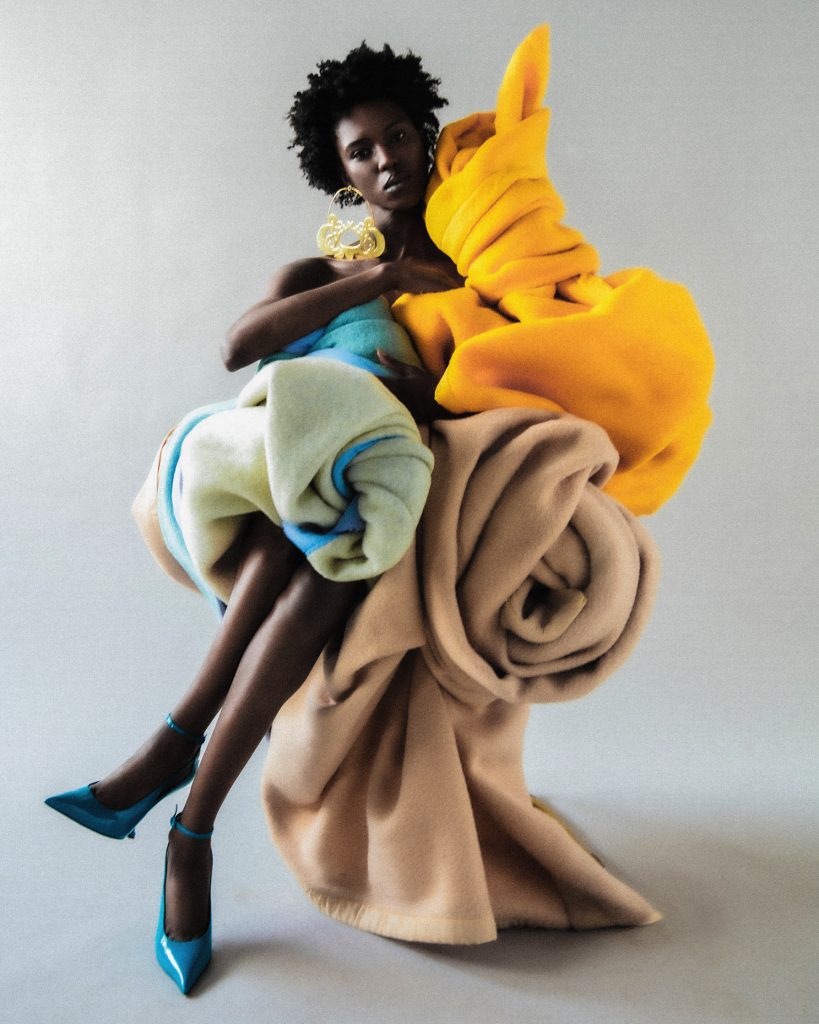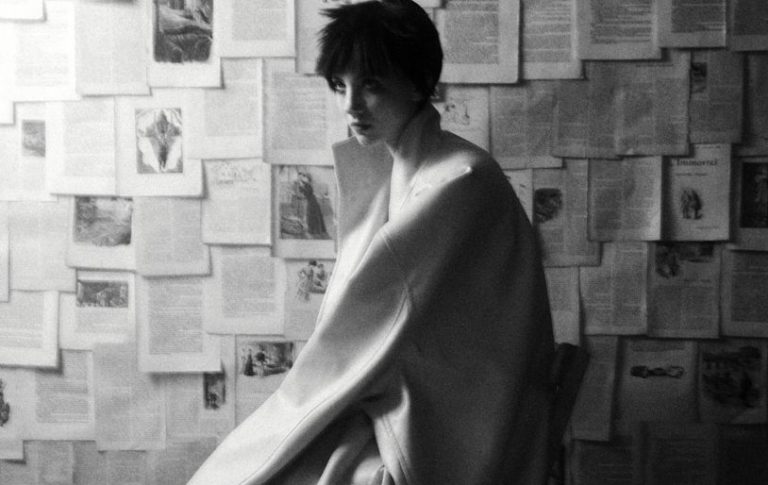
A photographer who speaks the language of timelessness and whose art is a separate world beyond the lens. Arash Khaksari was born in Iran into a multicultural backdrop; his artistic journey finds its roots in a creative family where the camera held an integral role. With a passion for photography deeply ingrained, Arash reveals the beauty inherent in his subjects, striving to achieve a minimalist yet refined aesthetic of fashion. His projects are characterized by sobriety and a desire to highlight natural beauty.
hube: You’ve mentioned that the camera has been an integral part of your life since childhood, which is unsurprising given that your mother is an actress and your father is a director. In light of such familial connections to film, how has the art of cinema influenced you?
Arash Khaksari: I grew up on film sets and behind theatre stages in Iran. I was very young. It was not yet an influence for me but was the discovery of another world where everything happened in front of a lens or on a theatre stage.
h: Your visual language is distinct and otherworldly. Often, your works feel out of time and place, the images somehow blurring the boundaries between the real and the imagined. These qualities remind us of Ingmar Bergman’s masterpieces. Does the medium of cinema—or those working within it as directors or actors—inspire your work?
AK: Of course. Cinema has always influenced me and will always influence me. I can watch the same film several times and each time get new inspiration. The aesthetic of Ingmar Bergman’s work touches me enormously and influences my photographic work.
h: The advent of colour in photography, cinema, and television marked the beginning of a new technological era. In your art, you have deliberately moved away from colour, considering it commercial. Can you tell us more about your relationship with colour?
AK: Black and white photos have always had an emotional impact on me. I will probably never know why. I think it’s very personal. I’m not a fan of all-black-and-white photos. Many do not affect me. When I look at the works of Bill Brandt, particularly his nudes on the beach, the street photos of Dave Heath, the portraits of Francesca Woodman, or those by Irving Penn, I can’t imagine them in colour. They are so powerful in black and white. I can’t describe my relationship with colour photos, but I can say that a big part of my inspiration comes from an older generation of photographers, and for the most part, they worked with black and white photography…

